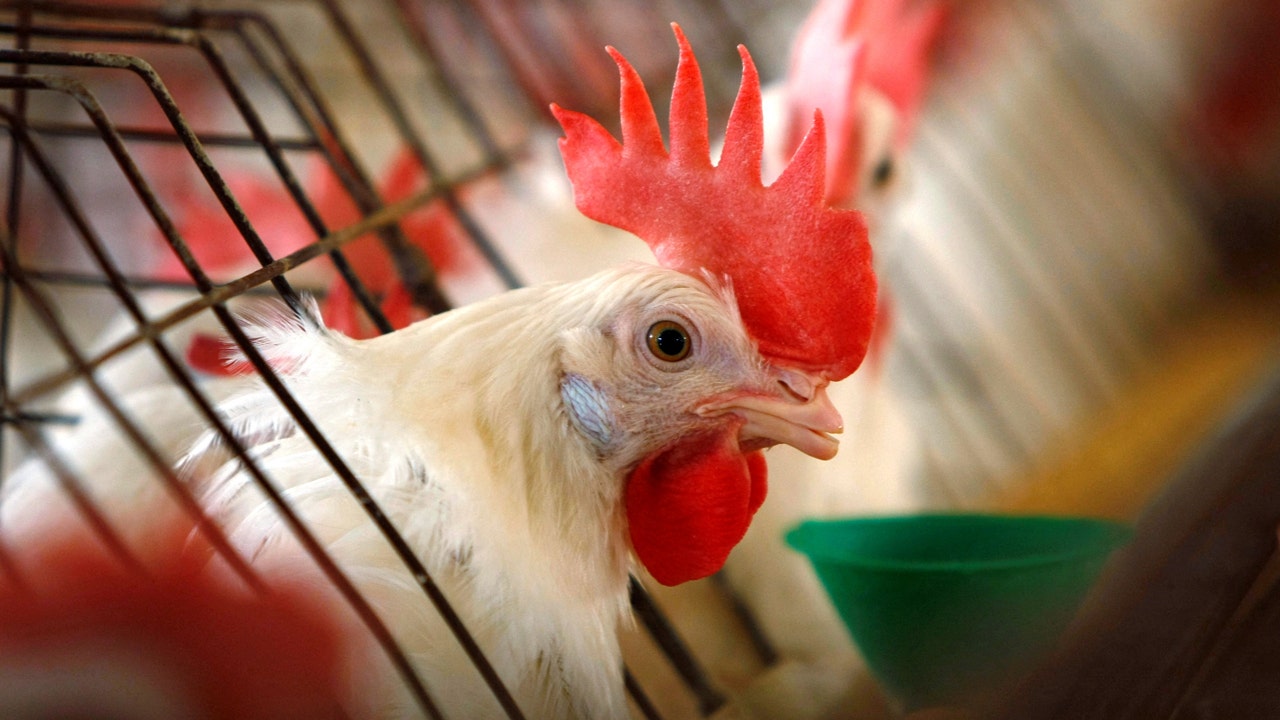- The CDC’s Principal Deputy Director and other health experts highlighted the importance of wearing protective gear when culling poultry birds infected with avian influenza, or the bird flu virus.
- The CDC said a lack of protective equipment during the disposal of chickens on a Colorado egg farm likely contributed to five bird flu cases among workers, though so far no human or livestock cases have been linked directly to disposal of animals with avian flu.
- Most of the culled birds are composted or buried, but some are taken to landfills.
The spread of bird flu among poultry and dairy farms has heightened some health experts’ concerns that the process of killing and disposing of poultry infected with the virus may pose a risk to humans and livestock.
Recent instances of farms dumping carcasses in landfills and using methods to kill chickens that put workers in close proximity to the virus show how the process of getting rid of infected birds could further spread the disease, according to data obtained by Reuters and interviews with officials and disease experts.
Extreme heat that made it difficult to keep protective equipment on during the asphyxiation by carbon dioxide of chickens on a Colorado egg farm likely contributed to five bird flu cases among workers, the largest cluster of human cases in the United States, the Centers for Disease Control (CDC) and Prevention said this week.
IN A POTENTIAL OUTBREAK, IS BIRD FLU TESTING AVAILABLE FOR HUMANS? WHAT TO KNOW
The situation highlights the need for systematic use of protective gear when killing the sick animals, said the CDC’s Principal Deputy Director Nirav Shah on a Tuesday call with reporters about the outbreak.
Workers killing chickens risk inhaling the virus, said Dr. Michael Osterholm, an infectious disease expert at the University of Minnesota, of the process. The workers had mild symptoms including pink eye and respiratory issues.
“Depopulation activities need to clearly focus on protection for these individuals,” he said.
The CDC and other health experts emphasized the importance of workers using proactive equipment when dealing with animals infected with avian influenza after five Colorado poultry farm workers tested positive for the virus. (Reuters/Mike Blake)
So far, there have been no human or livestock cases linked directly to disposal of animals with avian flu.
COLORADO’S BIRD FLU CASE
Bird flu has migrated to nearly every U.S. state over the past 2.5 years. There have been nine cases among poultry and dairy workers since March, including the Colorado poultry workers.
Further bird flu spread among livestock could increase the likelihood of human infections, though the risk to the general public is still low, officials from the CDC have said.
About 95 million chickens, turkeys, and other poultry have been killed and disposed of since February 2022, according to U.S. Department of Agriculture data obtained by Reuters showing culling and disposal methods through late June.
Bird flu is fatal in birds and the government requires entire flocks to be culled once the virus is on a farm. The deadliest year was 2022, but nearly as many chickens have been disposed of so far in 2024 as in all of 2023, the data shows.
The sick workers in Colorado, for instance, were killing the birds with mobile gas chamber carts, said Julie Gauthier, an official at USDA’s Animal and Plant Health Inspection Service, on the Tuesday call.
The carts can typically accommodate between a dozen and 50 birds and workers asphyxiate them batch by batch, Gauthier said. A USDA spokesperson said the agency had reviewed the farm’s use of the method as part of its response to the outbreak.
More than 150 of the workers were exposed to infected poultry, 69 displayed symptoms and were tested, and five were positive, said AnneMarie Harper, communications director at the Colorado Department of Public Health and Environment.
Most chickens are killed by asphyxiation either with portable chambers like those used in Colorado, or by spraying a firefighting foam on the birds or shutting down ventilation to the chicken barns, the USDA data shows.
A small number are killed with firearms, by cervical dislocation, or other means.
DISPOSING OF ANIMALS INFECTED WITH BIRD FLU
Most of the culled birds are composted, either in chicken houses or on farms, or buried, according to the USDA data. To compost the birds, farmers cover them in material like wood shavings, maintain the compost piles at a high temperature, and stir them occasionally with farm equipment in a process that typically takes several weeks.
Federal and state officials work with farmers to determine the best disposal methods, said John Clifford, a former USDA chief veterinarian, now an advisor for the USA Poultry and Egg Export Council, an industry group.
It is safest to compost on site to avoid moving the carcasses and potentially spreading the virus, said Myah Walker, compliance unit supervisor at the Minnesota Board of Animal Health.
In rarer cases, carcasses are transported to landfills, a process that can meet some federal and state regulations.
Michigan egg producer Herbruck’s Poultry Ranch disposed of nearly 2 million chickens between April 15 and June 8 in private landfills, according to USDA data and Michigan state records of the disposal process obtained by Reuters.
Herbruck’s declined to comment.
Just 3% of all poultry have been disposed of in landfills since 2022, and the Herbruck’s outbreak accounts for about two-thirds of them, the USDA data shows.
Soon after the Herbruck’s disposal, a dairy farm near one of the landfills tested positive for bird flu, alarming area farmers. Even so, whole genome sequencing showed the disposed Herbruck’s carcasses did not cause the infection, said Adeline Hambley, Ottawa County’s health officer.
CLICK HERE TO GET THE FOX NEWS APP
Wild birds have helped spread the virus between poultry farms and to other species.
Brian Hoefs, the state veterinarian for Minnesota, said he would not recommend disposing of dead poultry in landfills.
“That’s the restaurant for scavengers. It would be a recipe for disaster,” he said.





